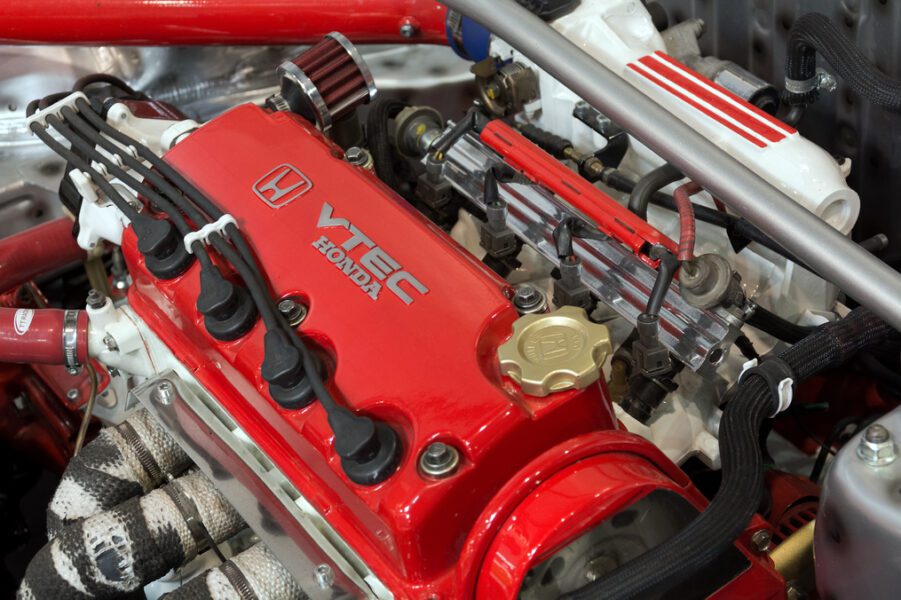
VTEC system for car engine
Content
Automotive internal combustion engines are constantly improving, engineers are trying to "squeeze" the maximum power and torque, especially without resorting to increasing the volume of cylinders. Japanese car engineers became famous for the fact that their atmospheric engines, back in the 90s of the last century, received 1000 horsepower from a volume of 100 cm³. We are talking about Honda cars, which are known for their throttle engines, especially thanks to the VTEC system.
So, in the article we will take a closer look at what VTEC is, how it works, the principle of operation and design features.
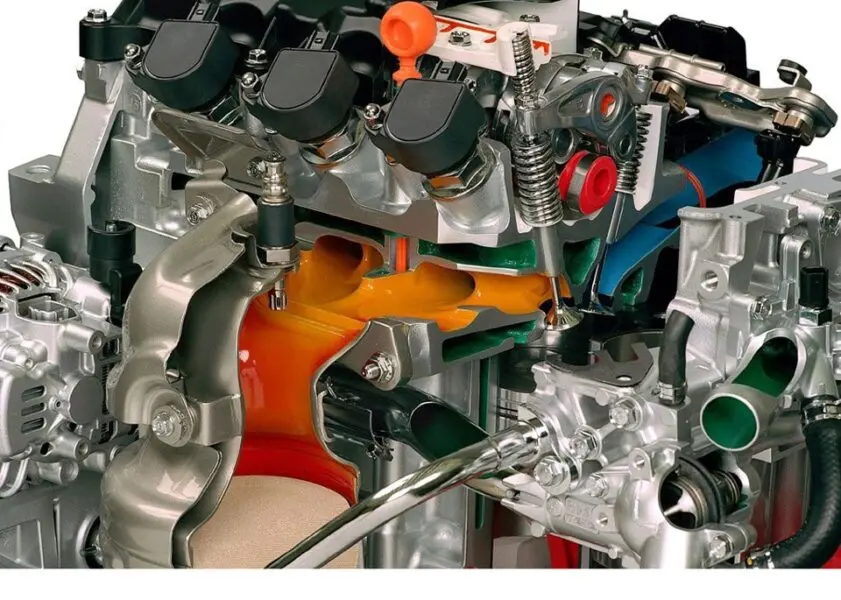
What is VTEC System
Variable Valve Timing and Lift Electronic Control, which is translated into Russian, as an electronic system for controlling the opening time and lift of the valve of the gas distribution mechanism. In simple words, this is a system for changing the timing of the timing. This mechanism was invented for a reason.
It is known that a naturally-aspirated internal combustion engine has extremely limited maximum power output capabilities, and the so-called “shelf” of torque is so short that the engine operates efficiently only in a certain speed range. Of course, the installation of a turbine solves this problem entirely, but we are interested in an atmospheric engine, which is cheaper to manufacture and easier to operate.
Back in the 80s of the last century, Japanese engineers at Honda began to think about how to make a subcompact engine work efficiently in all modes, eliminate valve-to-cylinder “meeting” and increase the operating speed to 8000-9000 rpm.
Today, Honda vehicles are equipped with the 3 Series VTEC system, which is characterized by the presence of sophisticated electronics responsible for the amount of lift and valve opening times for three operating modes (low, medium and high speed).
At idle and low speeds, the system provides fuel efficiency due to a lean mixture, and reaching medium and high speeds - maximum power.
By the way, the new generation "VTECH" allows to open one of the two intake valves, which allows to significantly save fuel in city mode.
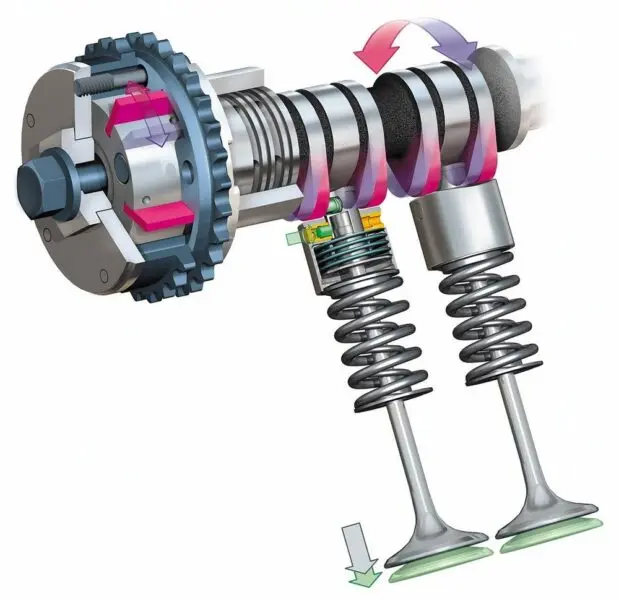
Basic principles of work
When the engine is operating at low and medium speeds, the electronic control unit of the internal combustion engine keeps the solenoid valve closed, there is no oil pressure in the rockers, and the valves operate normally from the rotation of the main camshaft cams.
Upon reaching certain revolutions, at which maximum return is required, the ECU sends a signal to the solenoid, which, when opened, passes oil under pressure into the cavity of the rockers, and moves the pins, forcing the same cams to work, which change the valve lift height and their opening time.
At the same time, the ECM adjusts the fuel-to-air ratio by injecting a rich mixture into the cylinders for maximum torque.
As soon as the engine speed drops, the solenoid closes the oil channel, the pins return to their original position, and the valves operate from the side cams.
Thus, the operation of the system provides the effect of a small turbine.
VTEC varieties
In more than 30 years of system use, there are four types of VTEC:
- DOHC VTEC;
- SOHC VTEC;
- i-VTEC;
- SOHC VTEC-E.
Despite the varieties of the time control system and the valve stroke, the principle of operation is the same, only the design and control scheme differ.
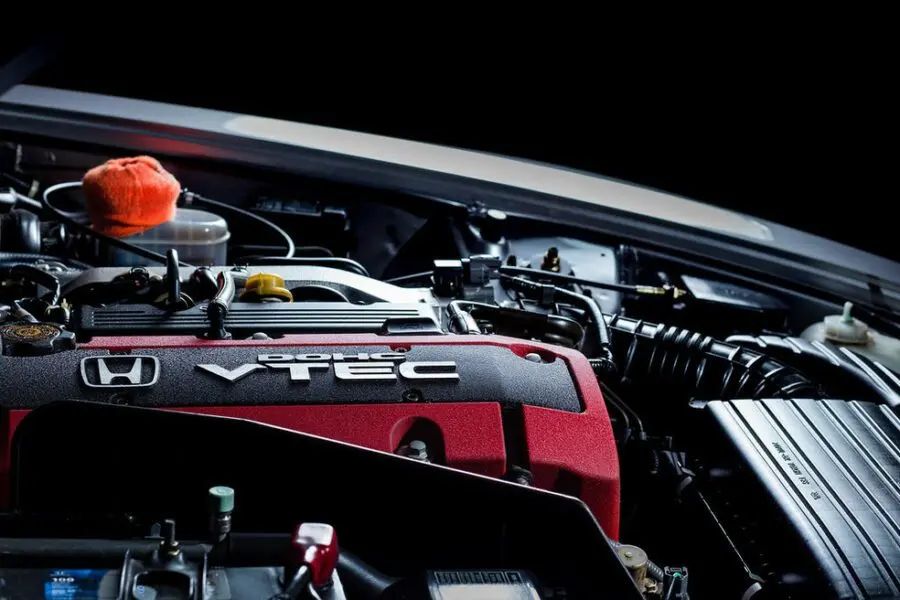
DOHC VTEC system
In 1989, two modifications of the Honda Integra were released for the domestic Japanese market - XSi and RSi. The 1.6-liter engine was equipped with VTEC, and the maximum power was 160 hp. It is noteworthy that the engine at low speeds is characterized by good throttle response, fuel efficiency and environmental friendliness. By the way, this engine is still produced, only in a modernized version.
Structurally, the DOHC engine is equipped with two camshafts and four valves per cylinder. Each pair of valves is equipped with three specially shaped cams, two of which operate at low and medium speeds, and the central one is “connected” at high speeds.
The outer two cams directly communicate with the valves through the rocker, while the center cam runs idle until a certain speed is reached.
The side camshaft cams are standard ellipsoidal, but only provide fuel efficiency at low rpm. When the speed rises, the middle cam, under the influence of oil pressure, is activated, and due to its more rounded and larger shape, it opens the valve at the required moment and to a greater height. Due to this, the cylinder filling is improved, the necessary purging is provided, and the fuel-air mixture is burned with maximum efficiency.
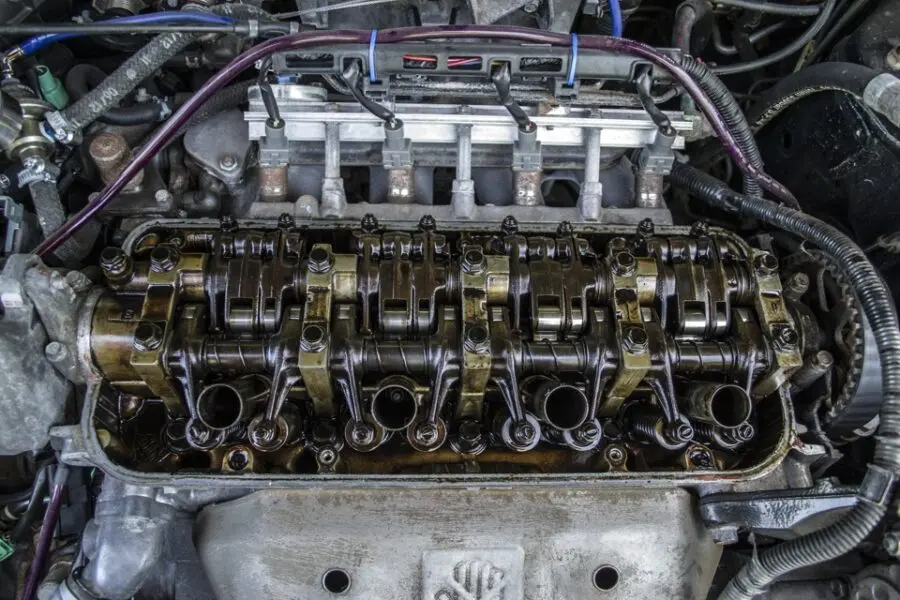
SOHC VTEC system
The application of VTEC met the expectations of the Japanese engineers, and they decided to continue to develop the innovation. Now such motors are direct competitors to units with a turbine, and the former is structurally simpler and cheaper to operate.
In 1991, VTEC was also installed on the D15B engine with a SOHC gas distribution system, and with a modest volume of 1,5 liters, the engine “produced” 130 hp. The design of the power unit provides for a single camshaft. Accordingly, the cams are on the same axis.
The principle of operation of the simplified design is not much different from the others: it also uses three cams per pair of valves, and the system works only for the intake valves, while the exhaust valves, regardless of the speed, operate in the standard geometric and time mode.
The simplified design has its advantages in that such an engine is more compact and lighter, and this is important for the dynamic performance of the car and the layout of the car as a whole.
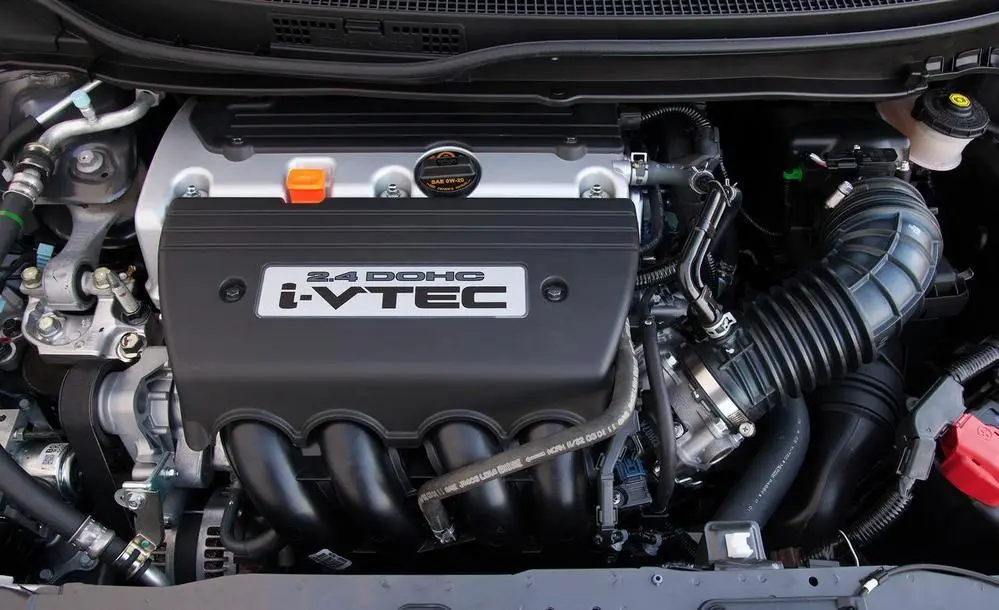
I-VTEC system
Surely you know cars such as the 7th and 8th generation Honda Accord, as well as the CR-V crossover, which are equipped with motors with the i-VTEC system. In this case, the letter “i” stands for the word intelligent, that is, “smart”. Compared to the previous series, a new generation, thanks to the introduction of an additional function VTC, which works constantly, fully controlling the moment when the valves start opening.
Here, the intake valves not only open earlier or later and to a certain height, but the camshaft can also be turned by a certain angle thanks to the gear nut of the same camshaft. In general, the system eliminates torque “dips”, provides good acceleration, as well as moderate fuel consumption.
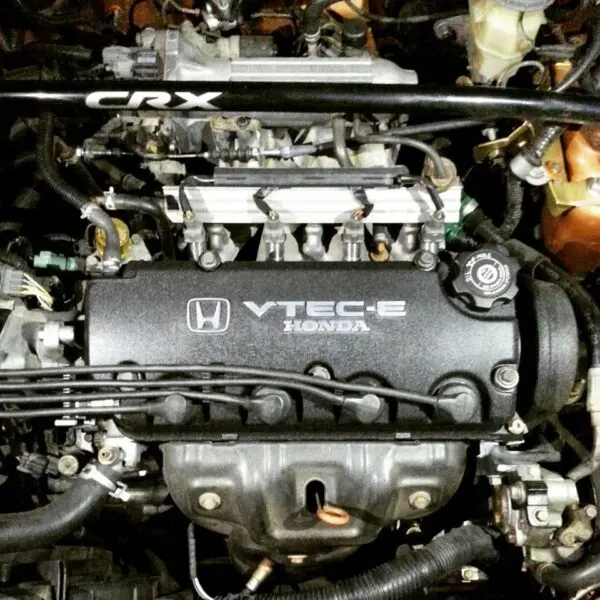
SOHC VTEC-E system
The next generation of "VTECH" focuses on achieving maximum fuel economy. To understand the operation of VTEC-E, let's turn to the theory of the engine with the Otto cycle. So, the air-fuel mixture is obtained by mixing air and gasoline in the intake manifold or directly in the cylinder. Among other things, an important factor in the combustion efficiency of the mixture is its uniformity.
At low speeds, the degree of air intake is low, which means that mixing fuel with air is ineffective, which means we are dealing with unstable engine operation. To ensure smooth operation of the power unit, an enriched mixture enters the cylinders.
The VTEC-E system does not have additional cams in the design, because it is aimed exclusively at fuel economy and compliance with high environmental standards.
Also, a distinctive feature of VTEC-E is the use of cams of various shapes, one of which is a standard shape, and the second is oval. Thus, one inlet valve opens in the normal range, and the second one barely opens. Through one valve, the fuel-air mixture enters in full, while the second valve, due to its low throughput, gives a swirling effect, which means the mixture will burn out with full efficiency. After 2500 rpm, the second valve also starts to work, like the first one, by closing the cam in the same way as in the systems described above.
By the way, VTEC-E is aimed not only at economy, but also 6-10% more powerful than simple atmospheric engines, due to a wide range of torque. Therefore, it is not in vain, at one time, VTEC became serious competitors to turbocharged engines.
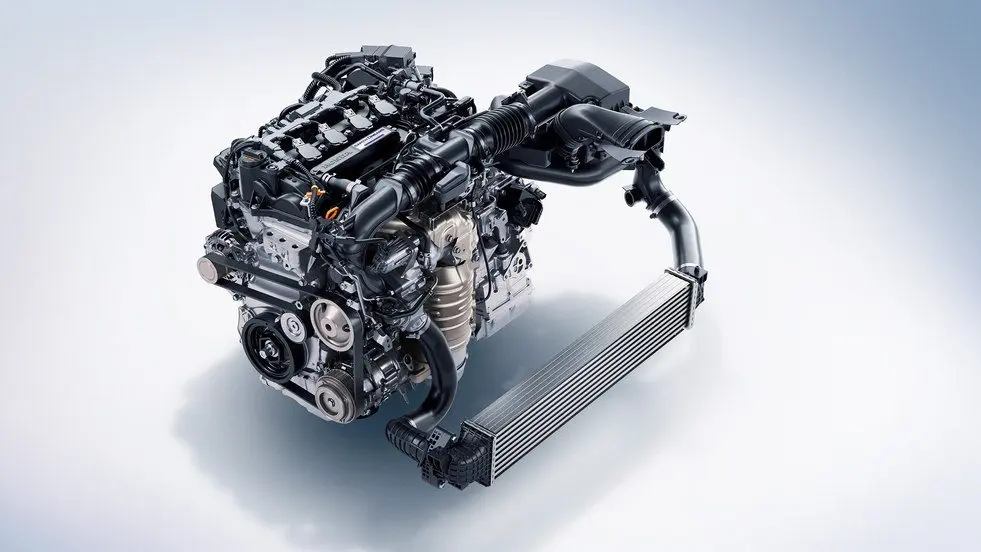
3-stage SOHC VTEC system
A distinctive feature of the 3-stage is that the system is aimed at VTEC operation in three modes, in simple words - engineers combined three generations of VTEC into one. The three modes of operation are as follows:
- at low engine speeds, the operation of VTEC-E is completely copied, where only one of the two valves fully opens;
- at medium speed, two valves fully open;
- at high revs, the center cam engages, opening the valve to its maximum height.
An additional solenoid is designed for three-mode operation.
It has been proven that such a motor, at a constant speed of 60 km / h, showed a fuel consumption of 3.6 liters per 100 km.
Based on the description of VTEC, this system is intended to be considered reliable, since there are few associated parts in the design. It is important to understand that maintaining the full operation of such a motor should proceed from timely maintenance, as well as the use of engine oil with a certain viscosity and an additive package. Also, some owners do not imply that VTEC has its own mesh filters, which additionally protect the solenoids and cams from dirty oil, and these screens must be changed every 100 km.
Questions and answers:
What is i VTEC and how does it work? It is an electronic system that changes the timing and height of the valve timing. It is a modification of a similar VTEC system developed by Honda.
What are the design features and how the VTEC system works? Two valves are supported by three cams (not two). Depending on the timing design, the outer cams contact the valves through rockers, rocker arms or pushers. In such a system, there are two modes of operation of the valve timing.
